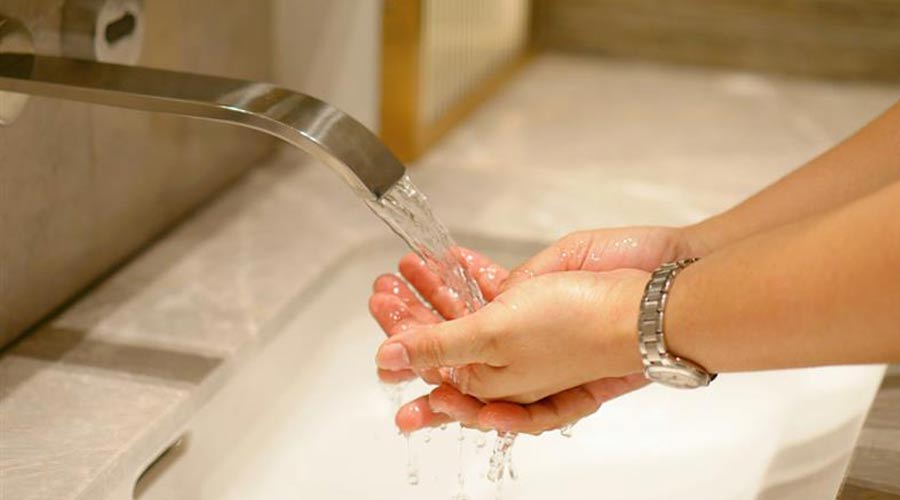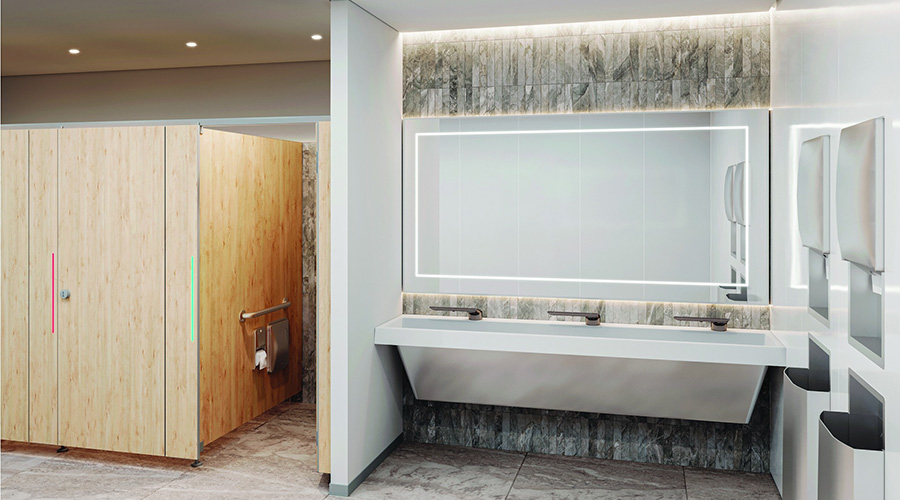Plumbing Retrofits: How to Save Money
Managers often can pay for plumbing retrofits with the resulting savings in water and sewer costs, as well as energy consumption. Several options are available to gain these savings.
The first step is eliminating water waste by repairing leaks. The next step involves upgrading to newer low- and dual-flow fixtures for toilets, or converting to high-efficiency toilets (HET), which also have lower flow rates.
Toilets made before 1980 can have flow rates as high as 5 gallons per flush (gpf). If the toilet was made between 1980 and 1994, the rate is typically 3.5 gpf. If it was made after 1994, the rate is typically 1.6 gpf. An HET can use 1.28 gpf.
Waterless urinals achieve even greater reductions in water use because they eliminate it completely. Similarly, newer faucets have lower flow rates than older ones. A low-cost way to gain savings related to faucet flow is installing low-flow aerators on existing fixtures.
To quantify the benefits of plumbing retrofits, managers first need to measure a facility's or an area's current water use, plan locations to upgrade, calculate the new water-use volumes, and, from the water saved, calculate water and energy savings.
Quantifying water savings also involves tracking use in kilogallons — 1,000 gallons — of water saved. The national average water cost is $6.06 per kilogallon. Quantifying energy savings involves tracking natural gas use in cubic feet and electricity in kilowatt-hours (kWh). The national average cost of natural gas is $0.013 per cubic foot, and the national average cost of electricity is $0.104 per kWh.
Managers can calculate the amount of water saved and multiply that amount by the unit water cost, using the $6.06 average or the actual rate from water bills. The final step is to calculate energy savings by computing the savings in natural gas or electricity to heat the water and multiplying that amount by the average $0.013 per unit cost of natural gas or the actual rate, or electricity using the average of $0.104 or the actual rate.
Related Topics:














